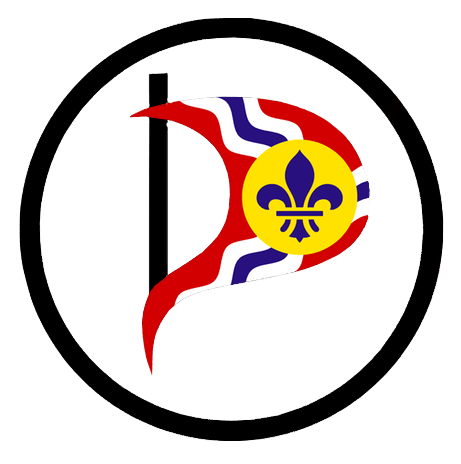Prepublication review can’t improve while overclassification surges
A new directive aims to streamline the prepublication review process for former intelligence community employees looking to write about their time in government.
In theory, prepublication review ensures current and former officials don’t publish information that damages national security. In practice, it routinely infringes on First Amendment rights. The process has served partisan agendas, withheld public information, and stifled debate.
Attempting to fix the process is a good thing — but the new reforms don’t address a fundamental problem: The government classifies more and more information every year, often needlessly.
Until agencies reduce the number of secrets they generate, prepublication review will continue to be an unwieldy, quixotic effort.
What is prepublication review?
Prepublication review requires a wide range of former officials to submit written works to the government for vetting before publication. The process began with a small number of CIA officials in the 1950s and now covers employees across the intelligence agencies, as well as components of the departments of State, Justice, Defense, and Homeland Security.
When the government considers everything a secret, the task of identifying secrets in manuscripts becomes extraordinarily time-consuming. It delays or prevents publication of unclassified material, information that is already public, and information that embarrasses the government.
The tenuous legality of the review is based in the nondisclosure agreements agency employees must sign, but the requirements on who must submit what varies between agencies and are often difficult to find. (A Freedom of Information Act request from the ACLU and Knight First Amendment Institute found the CIA deliberately kept submission requirements secret.)
The Supreme Court has not considered the constitutionality of the prepublication review process since the 1980s and declined to do so as recently as 2022. And anyone who does not submit their manuscript for review runs the risk of the government seizing the proceeds from their book after it's published, having their security clearance revoked, and possibly being prosecuted.
Here are just a few examples of how flawed the system is:
- Prepublication review of former National Security Advisor John Bolton’s memoir was mired in delays and political interference from the Trump White House and Justice Department.
- The CIA ordered former FBI agent Ali Soufan to cut significant portions of his book, “The Black Banners,” even information that had already been disclosed in congressional hearings, public records, and prior books.
- Former Defense Secretary Mark Esper sued his old agency over delays reviewing his manuscript, stating that, “Significant text is being improperly withheld … under the guise of classification.”
- The Naval Criminal Investigative Service’s Mark Fallon had to remove information “already in the public record and some seemingly intended only to protect the government from embarrassment” from his book.
Double standards
The system is overwhelmed by the amount of material submitted. As of 2015, the CIA alone was reviewing 184,000 pages a year. The sheer volume creates delays, which is a feature — not a bug. Delays discourage authors with deadlines to meet from appealing redactions.
And overclassification compounds the delay — not only do reviewers need to read thousands of pages of manuscripts, they need to cross-reference them with millions of often needless classification decisions.
Not everyone faces delays, though. While it may take years for some authors to get manuscripts back, it only took the State Department two months to return former Secretary Hillary Rodham Clinton’s. There was so much pressure for a quick turnaround that State’s prepublication review board warned: “If you are tardy in your response, you may get a high-level Department official call.”
What is in the new prepublication review directive?
The Brennan Center for Justice’s Elizabeth Goitein and former National Security Council official John P. Fitzpatrick have an excellent summary of the key items in the new directive in Just Security. Key improvements include:
- Requiring agencies to publish information on the prepublication review process on front-facing websites.
- Building and maintaining searchable datasets to track prepublication review requests and metrics.
- Mandating that agencies build appeals processes for denied material and appoint a prepublication review liaison.
They also note a number of limitations. The new guidelines:
- Only apply to members of the intelligence community, not other agencies that conduct prepublication reviews.
- Do not require a uniform appeals process across the intelligence community.
- Mandate no firm deadlines for agencies to complete reviews.
- Continue to allow agencies to withhold unclassified material that may be protected under other federal law or regulation, including exemptions to the inapplicable FOIA. That rationale is used to withhold everything from information pertaining to defense contractors to watermelon growing under FOIA’s Exemption 3.
These are missed opportunities. But the overarching problem is the directive’s failure to address the crisis of overclassification and the knee-jerk secrecy that permeates the government.
Until agencies face meaningful consequences for inappropriately withholding information, the prepublication review process will remain broken.
 stLouIST
stLouIST